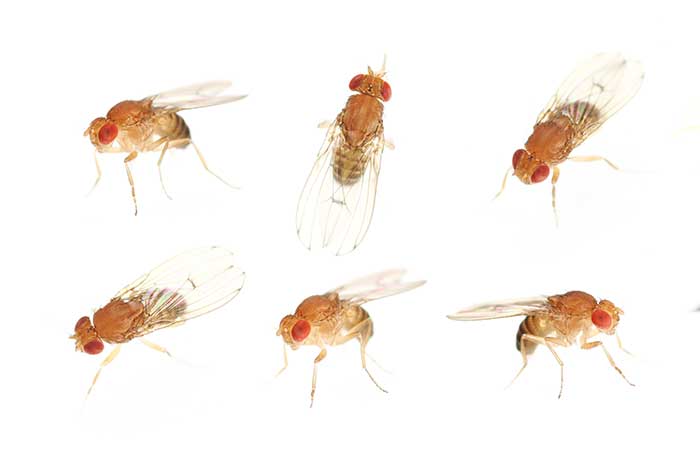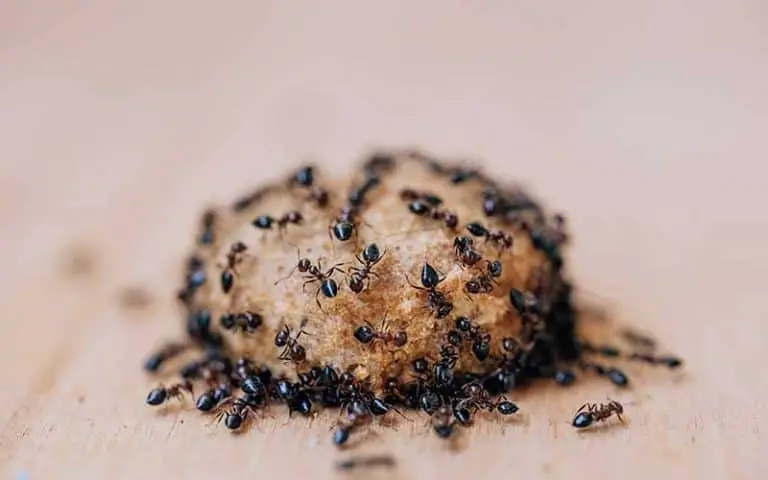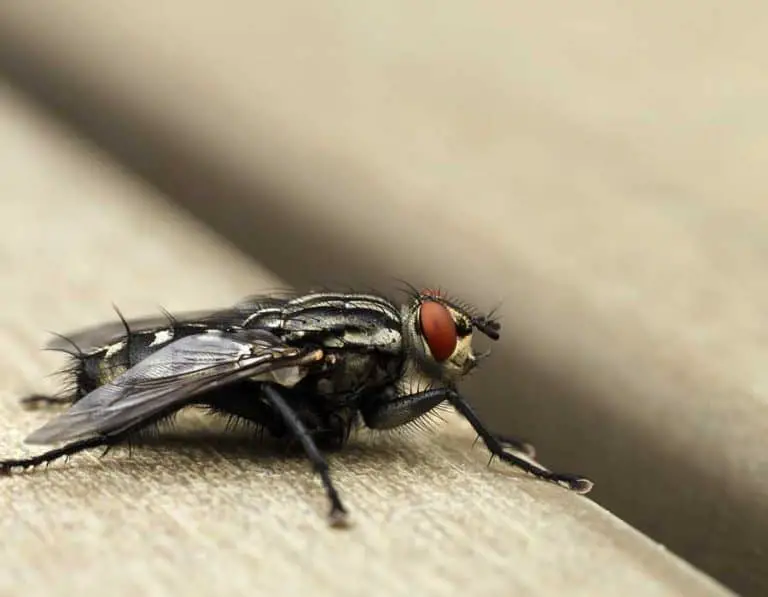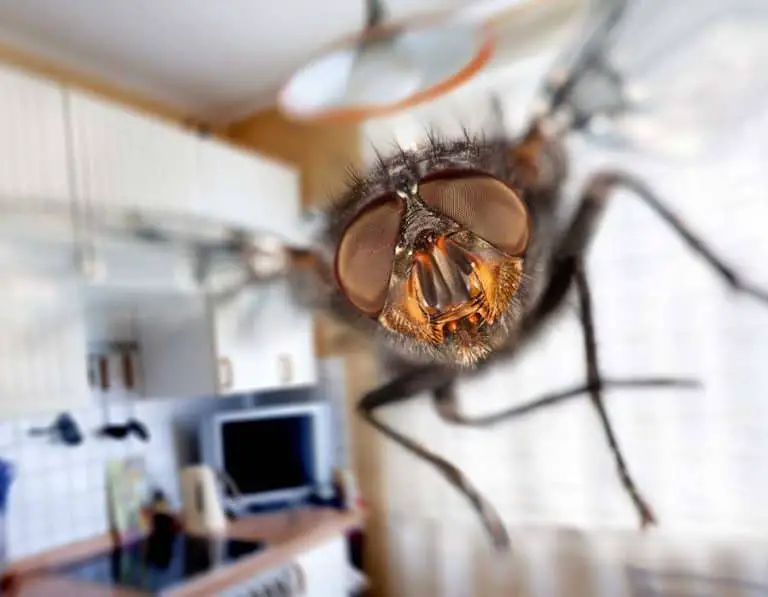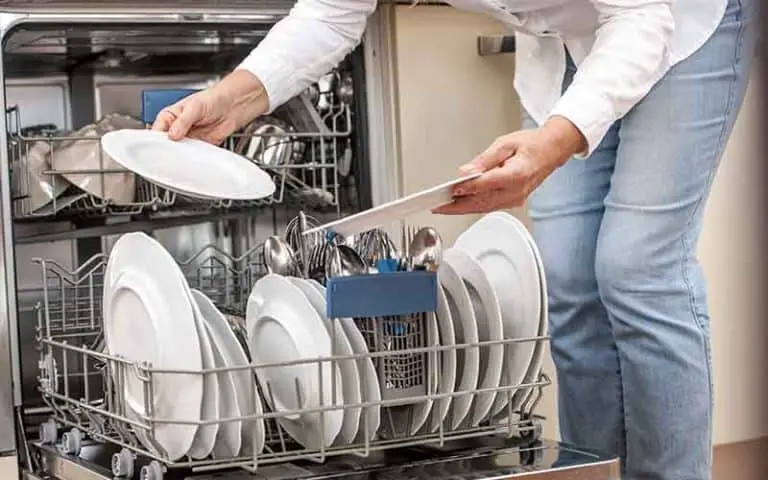What Are Drain Worms?
You may have a drain worm problem if you find tiny black or brown worms in your bathroom sink, kitchen sink, or toilet. Drain worms are also known as “drain fly larvae” or “drain fly worms.”
Drain worms are the larvae of flies. These insects are also known as sewer flies, filter flies, or sink flies. They lay eggs that develop into larvae in 32 to 48 hours. Their lifespans are quite brief. The larvae live for 8 to 24 days before pupating for 1 to 2 days, at which point they hatch into adult flies.
These worms love decaying organic matter. If there is a drain in your home that you have neglected to clean for an extended period of time, it would be the perfect habitat for them. They reside and develop in the slimy substance that accumulates in drains and other damp locations.
What do Drain Worms Look Like?
Drain worms are tiny, typically less than an inch long. They are brown or black in color and can sometimes be mistaken for bits of dirt stuck in the drain holes. When drain larvae mature, they look like little white or brown maggots with no legs or antennas. Drain worms have tiny bristles on their exterior that allow them to move through drain pipes with ease.
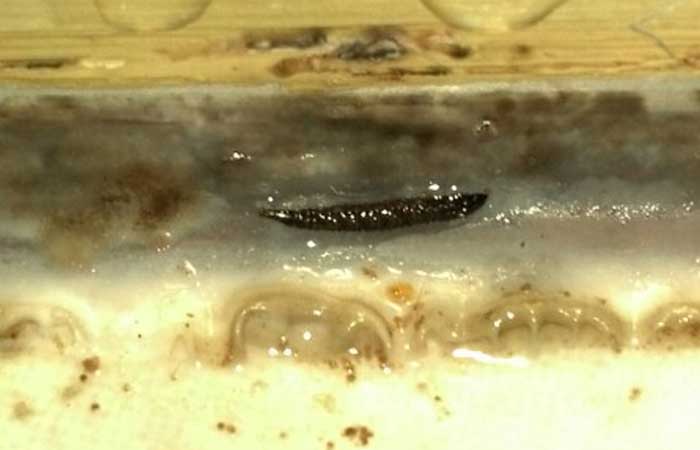
Infestations typically happen in the bathroom. They most often show up in bathrooms because of damp conditions and decaying organic matter such as dead skin cells and hair. They also tend to accumulate where drain pipes are hidden by toilet bowls or under sinks but may be found in other drain pipes in the home.
Drain Worms can live up to 15 days without food and 5 days without water. This means that drain worm eggs can survive for a very long time in drain traps or drain lines before being deprived of food or water.
Are Drain Worms Harmful?
While drain worms themselves are not dangerous, they do pose a threat to the health of your family because they consume decaying organic matter that is filled with bacteria and germs. The larvae can effectively spread these potentially harmful organisms throughout your drain system. They have also been known to cause drain clogs.
Drain worms can make your family sick and should be eliminated as soon as possible. Even though they may seem harmless, drain worms can carry diseases and other germs that can transfer to humans and pets simply by contact with the worms or their slime trails.
They are not parasitic. They will not bite, sting, or transmit disease in any way.
Drains worms can be dangerous if they are swallowed or touch your skin. If drain worm larvae come into contact with skin, the skin should be washed with warm water and soap immediately.
If any of these worms or flies came into contact with food, they would transmit germs. Drain worms could contaminate your food and worsen your bronchial asthma if you have it.
What Causes Drain Worms?
Drain Worms are caused by drain flies, which lay eggs in drain pipes that turn into drain worms. They thrive in moist environments, with organic matter, where they breed and lay eggs. Since drain flies are attracted to drains that have food or dead tissue, drain fly larvae feed on this type of decaying material that is present in drain pipes. Accordingly, drain worm infestations are most noticeable in the drain pipes of homes where there is an accumulation of organic matter.
If there are any drain worms present, it means you’ll need to clean your drains more frequently. Draining worms don’t always indicate that your pipes are filthy. A build-up of stagnant water, which is caused by a leaky pipe, provides an ideal breeding ground for drain worms. Stagnant water creates a great environment for breeding, which is why you may often see them when returning to a vacant house for a few days.
In the most serious situations, it could indicate a sewer line break beneath your property.
Where Are Drain Worms Commonly Found?
Drain fly larvae can be present indoors on drain walls, drain pipes, drain traps under sinks, dishes, and countertops. When drain worm infestation becomes severe, they can even be found in light fixtures, window sills, or other areas where drain flies may be present. Drain worm eggs that are laid on drain walls or drain pipes hatch into drain worms, which can crawl up to several feet from the drain before pupating and emerging as adult drain flies.
Where drain worms are present outdoors, they’re most likely to be found in moist soil areas, drainpipes, and drain traps under birdbaths or other structures that retain water. Drain worm eggs can stick to the bodies of birds that feed on them, which means drain worms may also hatch out inside homes through open windows or doors.
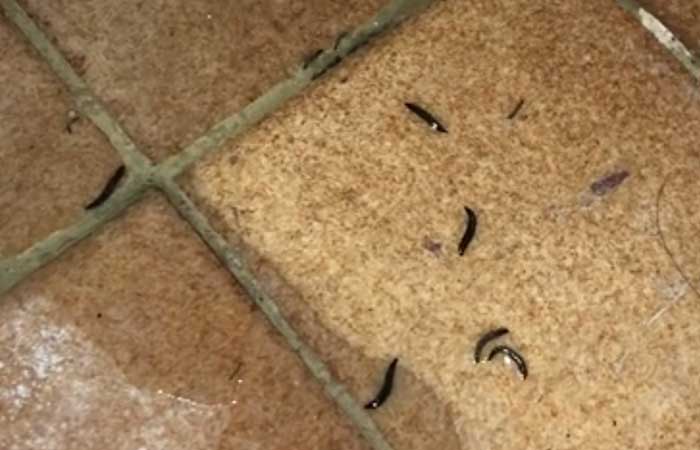
Why Are There Worms in My Shower?
Drain worms are most common in the toilet and bathtub, although they can also be found in the shower. The most typical reason why these larvae emerge from the shower drain is that it has been unused for some time.
Since drain fly larvae feed on organic matter present in drain traps, drain worm infestations often go unnoticed until the larvae mature into drain flies. Their eggs may stick to drain walls or drainpipes and hatch once they’re submerged in water.
The drain worm larvae are small enough to move through drain pipes, but drain fly larvae are larger and require a breach in the drain trap seal to mature into drain flies. As drain worms work their way up the drain trap, they often encounter debris that collects at the bottom of the drain, which provides food for drain worm larvae.
How Do You Get Rid of Drain Worms?
Check For Leaks
The first thing to do would be to check for the more serious issues which may be causing a leak or stagnant water – so do a thorough inspection of your pipes and plumbing inside and outside your home to ensure there are no issues.
Kill the adult flies
Even after getting rid of worms from the pipes, the adult flies can lay more eggs so getting rid of these is crucial. Spray insecticides directly on the flies or use fly traps and swatters to kill them.
5 Steps to Eliminate Drain Worms
1. Pour 1 cup of white distilled vinegar into the drain, and allow it to sit for 30 minutes. It will kill any drain worms lurking in the drain and remove any eggs that have been laid there.
2. Pour one gallon of boiling water down the drain, which will flush out any drain worms and leftover vinegar.
3. Pouring baking soda down the drain, followed by a cup of white distilled vinegar will clear out any drain worm eggs that may have been missed in the drain. Allow it to sit for 30 minutes before flushing with boiling water again.
4. Pour 1 cup of drain-killing enzyme drain cleaner down the drain and allow it to sit overnight (do not use this on your kitchen sink disposal). Flush with boiling water in the morning to remove dead drain worms.
5. Watch drain for signs of drain worms and apply treatment if you suspect drain worm activity.
Routine maintenance
The best approach to avoid having to deal with this problem again is prevention. Clean all drains in your house regularly with simple techniques like pouring half a cup of baking soda into each, then an equal amount of white vinegar.
Will Bleach Kill Drain Worms?
Using bleach can kill drain worms, but it will not be very effective at removing drain worm eggs because bleach doesn’t dissolve easily in water.
What if drain worms are still there after using the vinegar and boiling water?
Using harsh drain cleaners can kill drain worms, but they are not safe for the environment. There are drain worm traps that you can purchase to dispose of drain worms in an environmentally friendly way. If drain worms have returned despite following all these steps, you may need to call a professional drain cleaning service.
Conclusion
Drain worms can become a serious problem if not dealt with swiftly, finding them can also indicate you have bigger issues such as a leak. Whether drain fly larvae or drain worm larvae, they must be eliminated to prevent drain flies from emerging from the drains. Follow our step-by-step guide to eliminating the worms before they become a bigger issue and spread.
Also remember that good preventative measures are recommended, cleaning drains regularly and making sure to check for drain worm activity if drain flies are spotted. Contact a professional drain cleaning service if drain worms persist.

